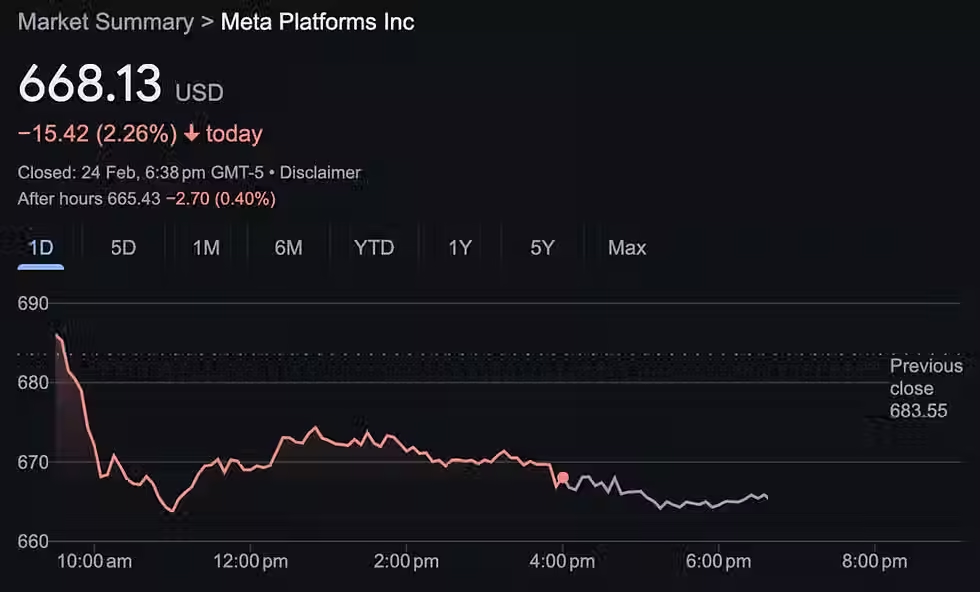🔍 Decoding Wall Street: 5 Insights Behind the Market’s Mood Swings 📈
- Buffet Online School
- Jan 14
- 2 min read
Strong Jobs Report, Weak Market Reaction
When the December 2024 jobs report revealed 256,000 new positions—100,000 above expectations—and unemployment dipped to 4.1%, you’d think Wall Street would cheer.

Instead, the S&P 500 fell 1.54%. Why? The market’s reaction wasn’t about disliking prosperity but grappling with how bond yields and Federal Reserve policies might strain economic sustainability.

A Historical Pattern of Growth Scares
Historically, early-year economic data tends to shine brightly but dims as the months pass, often triggering “growth scares.” Investors are cautious, fearing that robust job numbers might push the Federal Reserve to tighten financial conditions. This could impact housing and manufacturing—sectors particularly sensitive to rising interest rates—casting doubt on the durability of current growth.
Bond Yields Add Pressure
At the same time, the bond market has been signalling shifts. On Monday, the 10-year Treasury yield jumped from 4.68% to 4.794%.

This wasn’t a shock but part of a steady climb over recent months. While higher yields validate the strength of the economy, they also push up borrowing costs, like mortgage rates, which now exceed 7%.
The question remains: Can sectors like housing thrive in this high-rate environment?
Policy Uncertainty Under a New Administration

Adding to the uncertainty is the policy landscape under President-elect Donald Trump’s second term. Proposed tariffs could offer a boost to lagging manufacturing, but potential changes in immigration and labor policies might disrupt health care and government—sectors that led job growth in 2024.
Health care alone added 902,000 jobs last year, driven by an aging population and post-pandemic spending. However, reduced immigrant labor could create shortages, escalating costs and inflation. Similarly, plans to reduce government spending may affect the workforce and services, with ripple effects across the economy.
Is the Bull Market Still Intact?
Despite these challenges, the broader market hasn’t lost its footing. The bull market that began in October 2022 remains intact, even if progress has slowed.

Analysts caution that after two strong years in 2023 and 2024, gains in 2025 may be more subdued. Historically, such periods of range-bound trading don’t necessarily signal a downturn but often serve to stabilise overextended valuations.
Eyes on Key Data
Looking ahead, all eyes are on upcoming reports, including the Consumer Price Index (CPI) and corporate earnings. Fourth-quarter earnings are expected to grow 11.7%, the fastest in three years. While this could offer support, high growth expectations may leave little room for surprises. Meanwhile, inflation data could sway the Federal Reserve’s approach, potentially offering relief to rate-sensitive sectors.
A Market in Transition
In summary, the market is in a phase of recalibration. High expectations, shifting policies, and economic data are interacting in complex ways. While challenges lie ahead, these developments reflect a maturing market navigating the interplay of growth, inflation, and investor sentiment. As 2025 unfolds, patience and adaptability will be key in understanding what’s next.




Meet the alluring escort girls, who redefine companionship with sophistication and sensuality. These women offer more than physical pleasure—they provide emotional connection, confidence, and genuine company. Whether for business trips or intimate evenings, escort girls bring charm and refinement to every experience, making every encounter unforgettable and deeply personal.